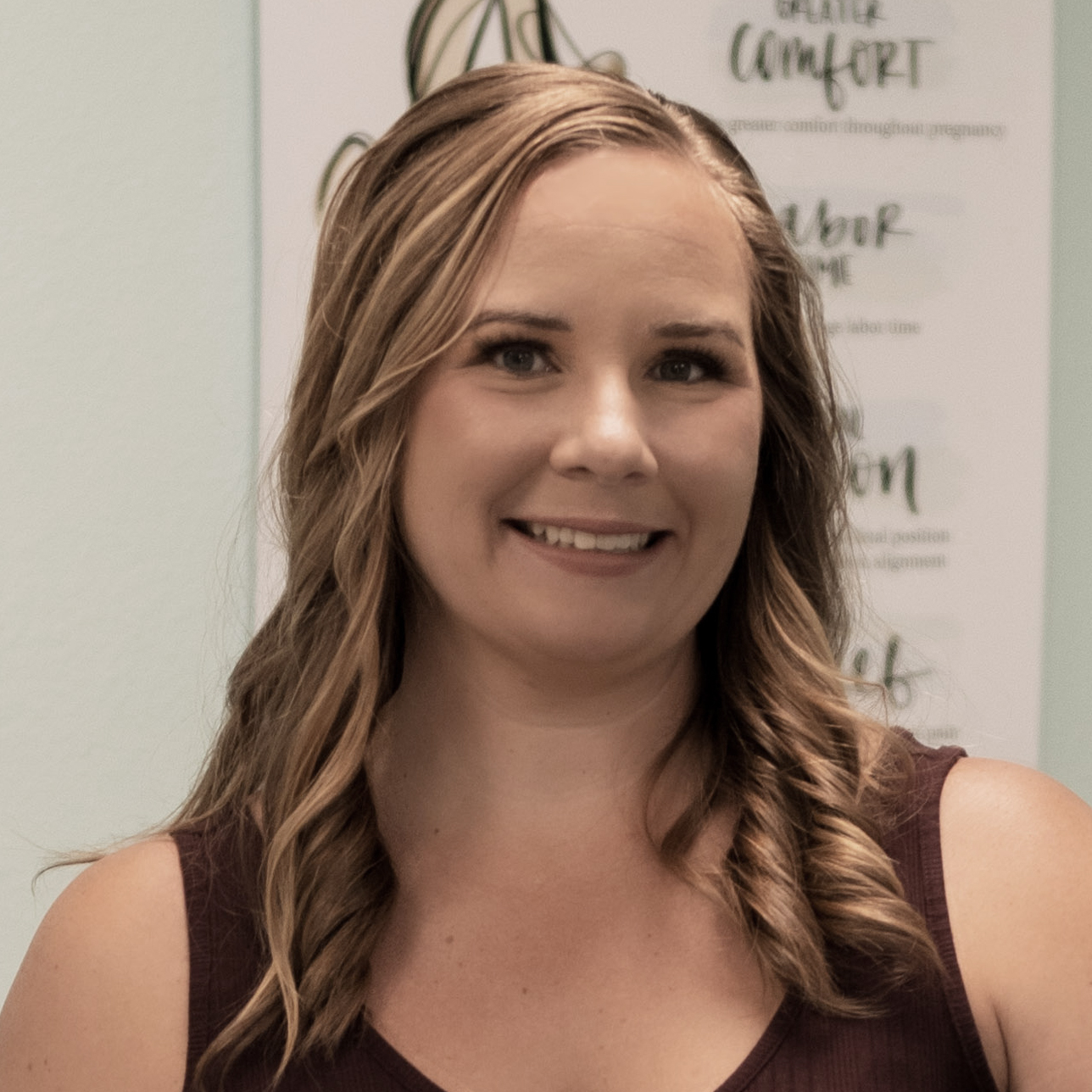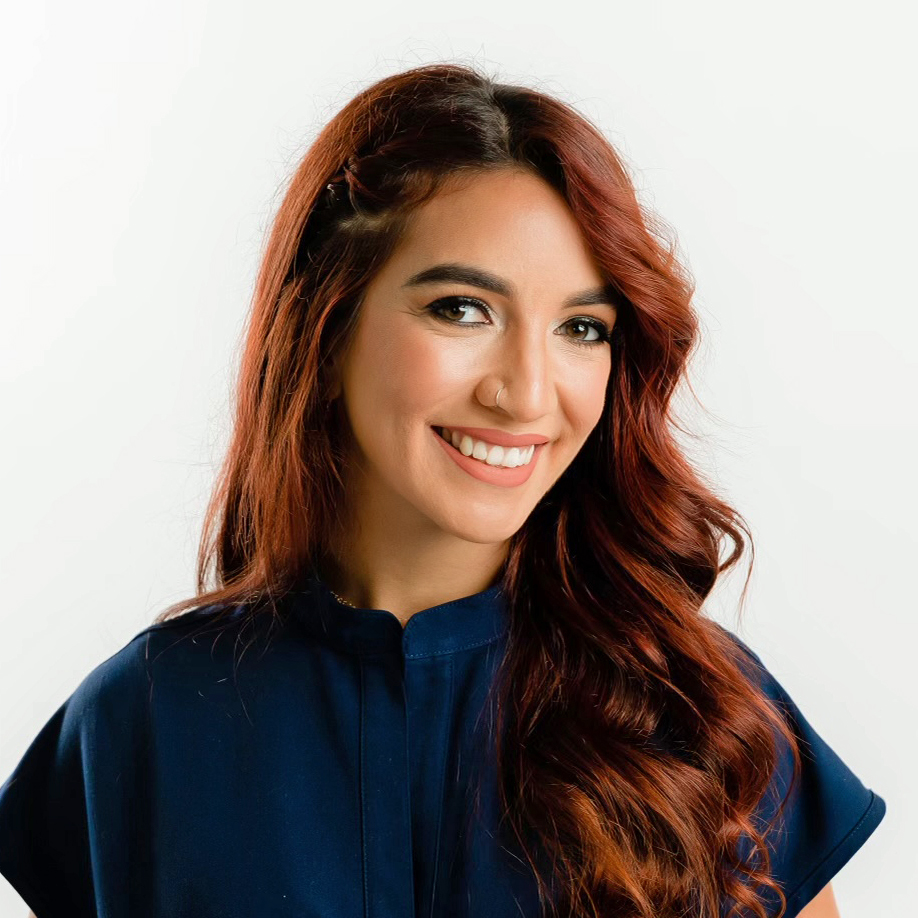Praise For:
Hear directly from our students about the benefits of our program.
-

Dr. Johanna Hartley
“I would have loved to have taken the in person but due to personal reasons I could not. So I was thrilled to see you offered an online course that I could basically do at my own pace. I was hoping to sharpen and widen my skills to help more complex cases in the pediatric practice.
This program is very in depth, thorough but also you are an amazing teacher to teach these complex topics in a way that we can actually understand and turn around and utilize inside our practices.
This program has helped me navigate certain issues with my own kiddos and professionally we are able to help young kids in cases where other offices have gotten none or minimal results.
I utilize an array of the techniques, but the internal cranial work has been very effective when dealing with cases of GI upset/colic/reflux.
I would absolutely recommend this course. It does take time and commitment. And I’m still always referencing the material because it is very in depth; however once you start implementing a little at a time you will see a shift in how your patients respond.
This is mostly a self-paced learn at home course. Dr Rosen is the best person to learn cranial and pediatric work from in my opinion. His passion shows and he is able to break the material down in a way that is digestible for you. You are even able to implement these lessons the next day in practice
I think the material is amazing. I would have loved to take the in person course. I hope these courses have been beneficial to you both to teach. More chiros need these courses. I hope they continue for a long time.”
-
Erin Sousley, DC
“I decided to take this course after hearing about it from my friend Dr. Amy Spoelstra. She has been caring for my 3 year old daughter who initially presented with significant developmental delays. My daughter has seen amazing results and I knew I needed to improve my skill-set as a chiropractor to not only help her but also other children. When I registered for the course my goal was to become more confident in my analysis of pediatric patients as well as become more familiar with SOT® and cranial work.
The first takeaway would be that I wish I would have learned this technique and analysis before graduating from chiropractic school. The second takeaway is that everything I learned during these 10 months was easy to implement in practice and we’ve been able to help more complex pediatric cases. The third takeaway is that I’d like to continue learning from Dr. Rosen and Dr. Watson!
This program has helped me analyze and care for my own daughter who has had significant struggles neurologically and physically. I’m so thankful to feel confident and to be able to address the nervous system imbalances she has faced. Obviously I’ve also been able to apply what I’ve learned in practice as well and I’ve seen great results in our pediatric patients.
The first baby I was able to help using these techniques was a 4-month-old who had difficulty nursing. She was not latching well and was not gaining weight. Within a few adjustments the baby was nursing well.
I would absolutely recommend this course to others as a way to become better equipped to deliver quality care to the pediatric population. I wish I had known this before graduating school.
Thank you both!” -

Alicea Luciano, DC
“I wanted to have more techniques to unite not only structural subluxations, but visceral and emotional subluxations as well. My three takeaways:
1. Super amazing and interesting information
2. Better communication skills with parents
3. Overall knowledge increase.I am feeling much more excited and confident in ways I can help my pediatric community. The sphenobasilar and dollar and crest signs and techniques that I use daily have made a difference in my differential diagnosis and hence in the patient’s results.
I would definitely recommend it if you are looking for a complete perspective on chiropractic, not only structural based, but based on neurology. The experience has been very professionally fulfilling and can’t wait to continue applying all the knowledge gained. Simply a big THANK YOU! Thanks for sharing all your knowledge, thank you for your time and empathy with me as well these past months. I’m very grateful.”
-

Martin Cook, DC
This program is incredibly thorough. Lots of information pertinent to being a great pediatric chiropractor. Gaining and understanding of the material presented provides an incredible skill set that will improve your outcomes. However, staying up to date with the modules is important as the quantity of information is vast. Reviewing the modules to ensure you retain this info is also important. 2) Practice these techniques during the modules and after. This brings greater certainty and skill when applying them to your new and existing practice members. 3) While adjusting a paediatric population can sound and feel daunting at times, if you fall back on the principles taught in this program, it provides answers for the times where you don’t know where to begin. Review the print material regularly so this becomes more natural for you.
Throughout this program, I have found myself becoming more confident in my approach with adjusting kids. Having this improved confidence has also helped improve my certainty, which provides the parents of the children I am seeing with more confidence in me. This shared improved confidence translates into a better outcome as parents choose to continue with care, especially with those more difficult kids that need more care. From this course, I find myself enjoying seeing kids even more and have great joy throughout the day.
For me, the biggest take away from this program was not an application of one specific technique that had an amazing outcome, but the ability to know where to go next. My biggest problem prior to this program was I had lots of information in my head about how to care for the pediatric population, but now how to put it all together. Seeing how Dr. Rosen moves from assessment to correction gave me clarity on ‘where to go to next’. This wasn’t just with one patient, but with every patient, which improved the outcomes for them all and gave me more confidence at the same time.
I would highly recommend the program to anyone considering working with kids. SOT and Dr Rosen & Watson’s approach in applying SOT principles & techniques to kids ensures that you have the confidence and skills to manage all the common and uncommon conditions and syndromes experienced by kids, while also providing confidence to the parents. It delivers an incredible understanding of the anatomy & physiology of the developing baby and blends that with easy to follow and progressive assessment and corrective techniques that are safe, gentle and effective. What more could you want? If mastering chiropractic for the pediatric population is your vision, or if you are just looking for some extra help, this course delivers everything you will need and more.
Thank you both for your dedication to the chiropractic profession, especially the pediatric population & the chiropractors looking to master their skills. The breadth of knowledge you share within the program is incredible and something that I know I will use for the rest of my career. Without the dedication of you both, I fear that not only would some of these techniques get lost, resulting in our ability to care for kids to also suffer, but less chiropractors would also have less enjoyment in their day to day lives. Again, thank you both for your dedication to the profession and the health of kids globally. The profession continues to need masters like you both to help guide the knowledge and skills of less experienced chiropractors. This ensures the greatest possible health outcomes of our pediatric population. This program goes a long way to delivering this.”
-

Dr. Maybelle Heng
After taking Dr. Rosen pediatric program, I feel more confident in treating infants and young children. The flow of pediatric examination is very detailed and comprehensive. My big takeaway is definitely the addition of comprehensive cranial examinations on top of the spinal examinations. I can confidently say that my chiropractic toolbox has doubled, even tripled.
Taking this course has definitely increased my confidence in seeing infant and pediatric patients tremendously.
I have seen babies who have early signs of plagiocephaly and flathead syndrome. After applying the techniques and examination flow from this course, I can see faster positive results. I also apply some techniques that I learned here to adults. It made a positive impact on their spine.
I would definitely recommend this course to practitioners who want to be more involved in pediatrics and want to serve their patients better.
The program is very educational and comprehensive. Both Dr. Rosen and Dr. Watson are very patient in imparting their knowledge. I’m grateful for their time and effort.
No results found.
Join Dr. Rosen’s Newsletter
Receive updates on our courses and tips on chiropractic technique, practice management, research and philosophy.
The SOT® Pediatric Certificate Program
Demonstrate your commitment to your profession and patients, enhance your skills, and place yourself on the road to mastery in the art of chiropractic adjustment.

